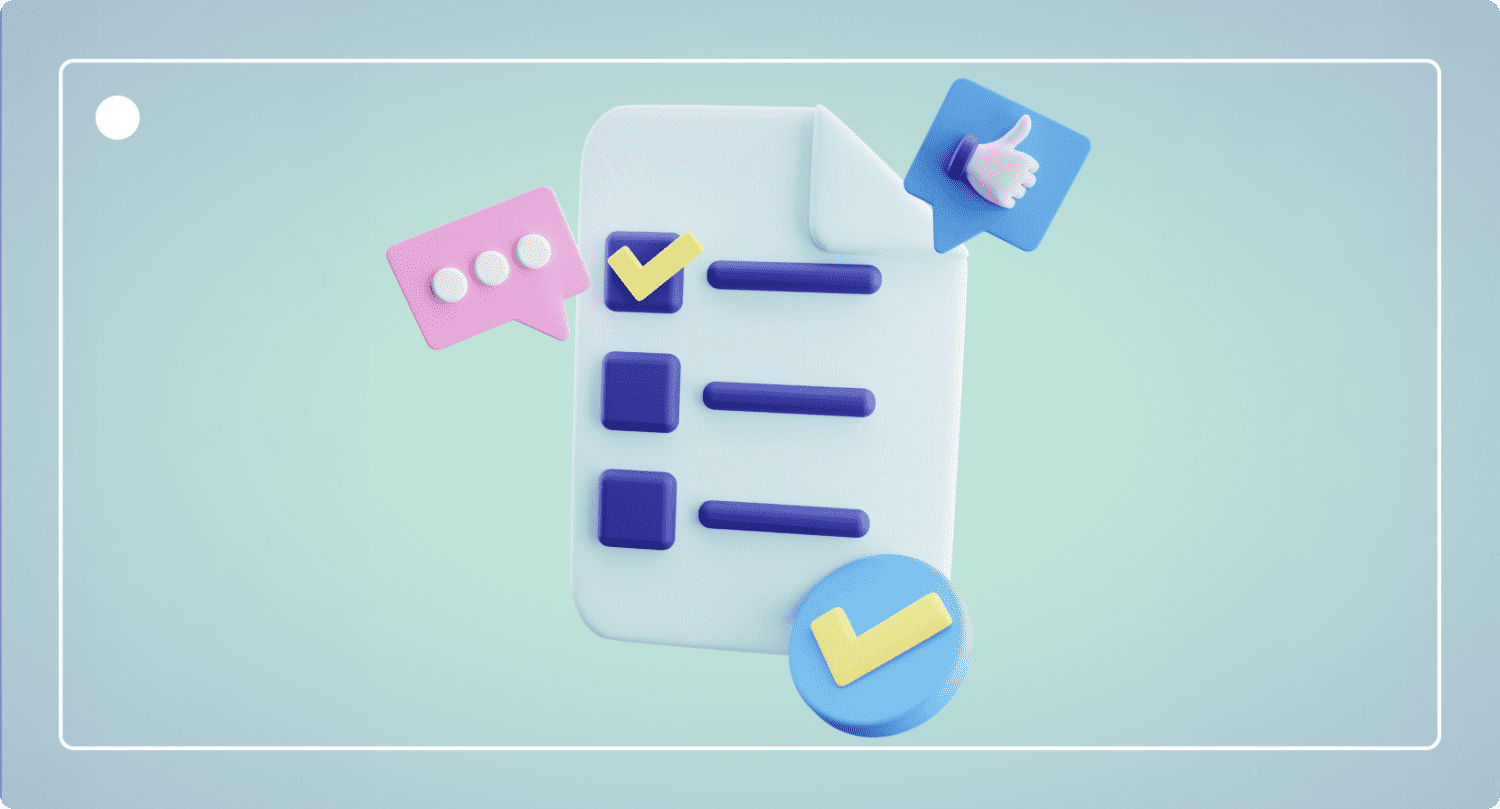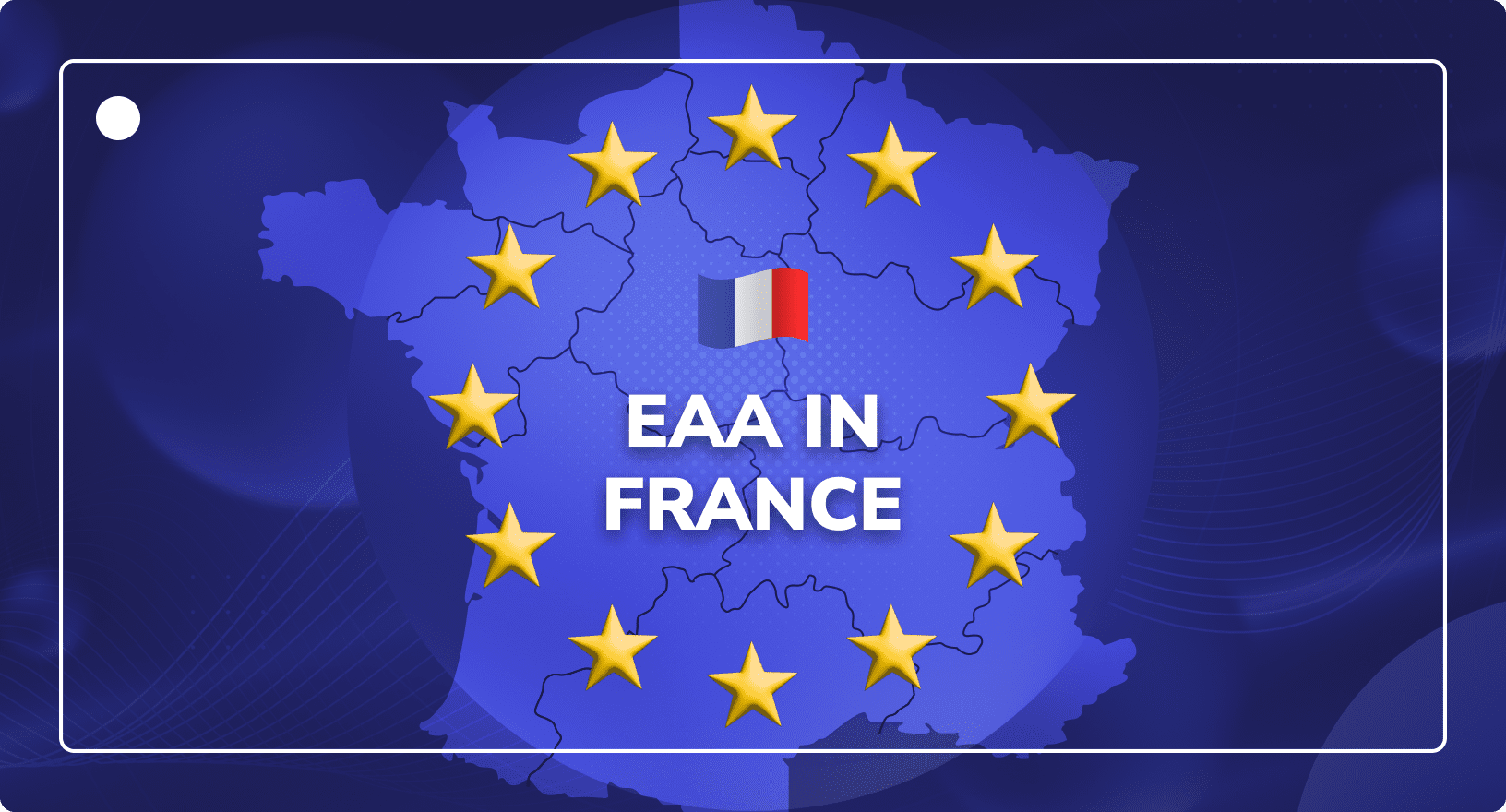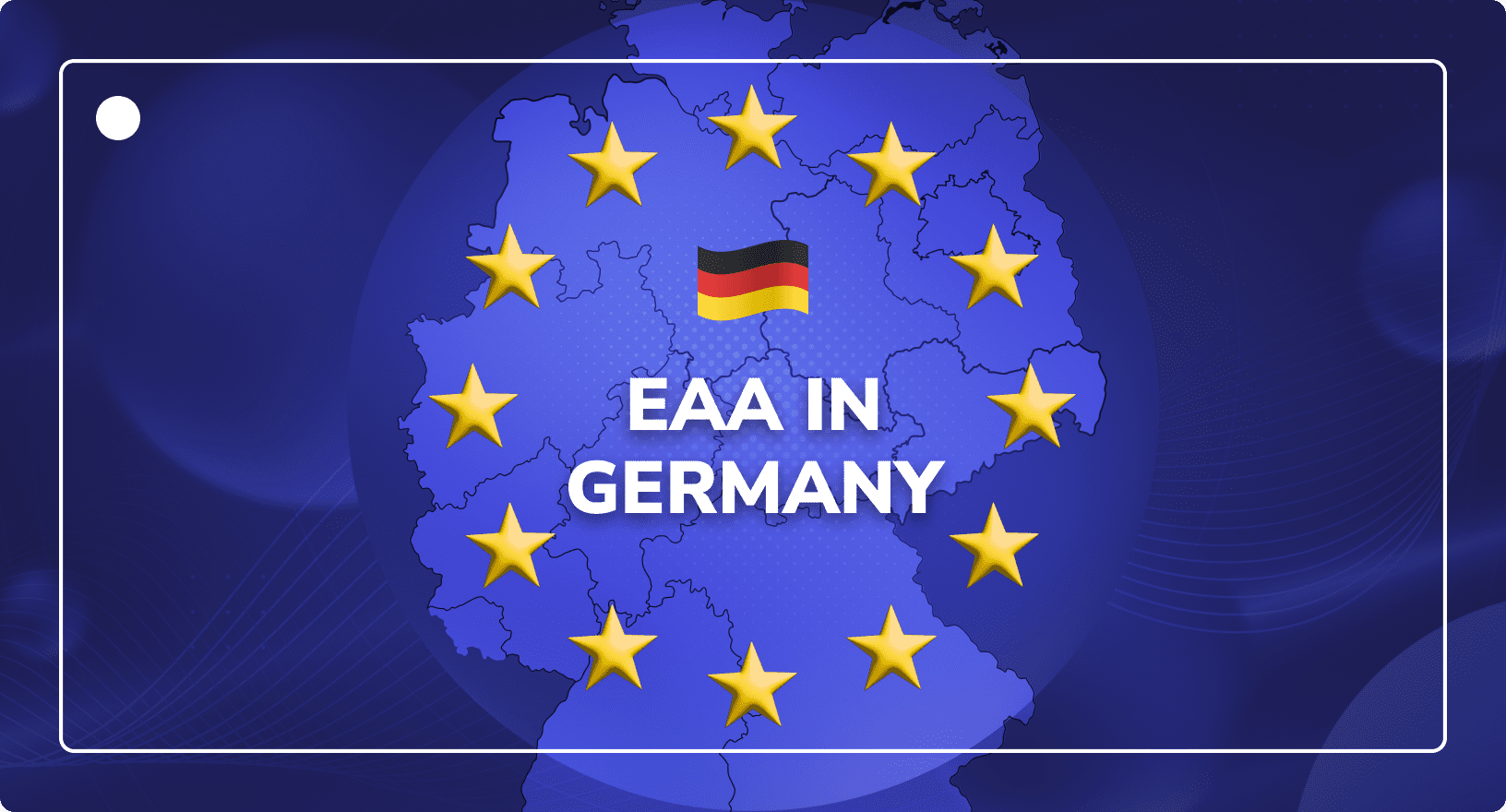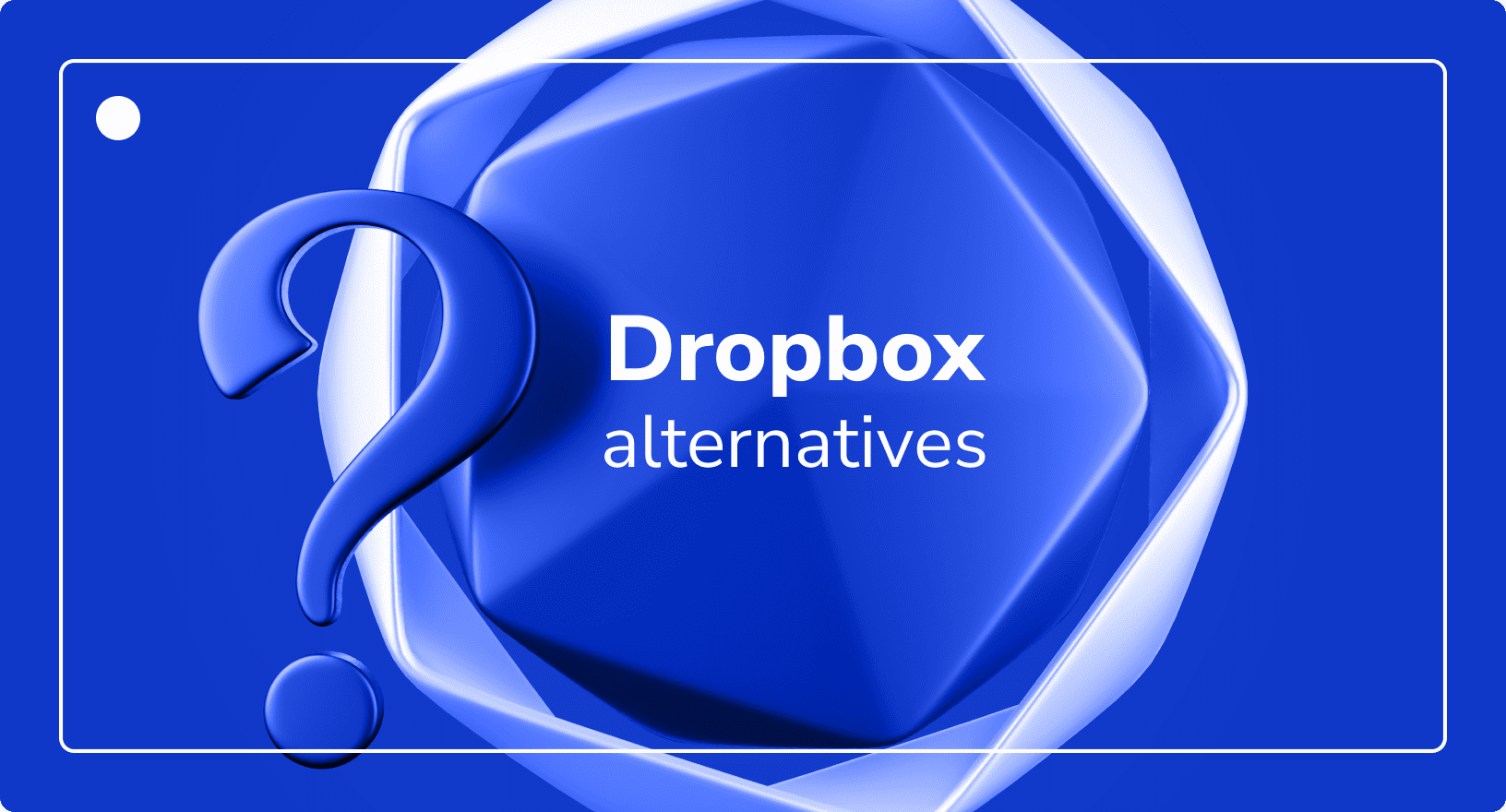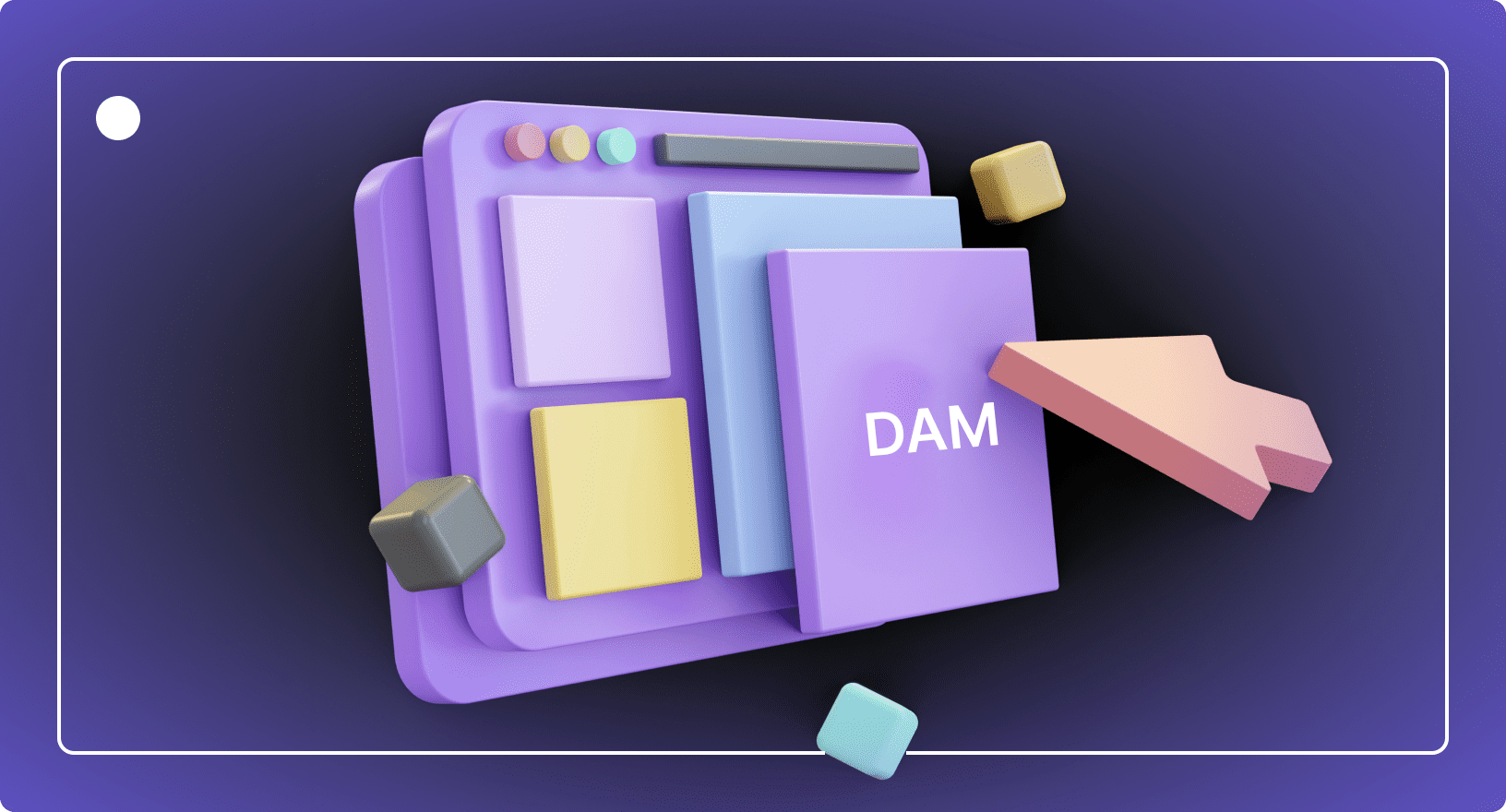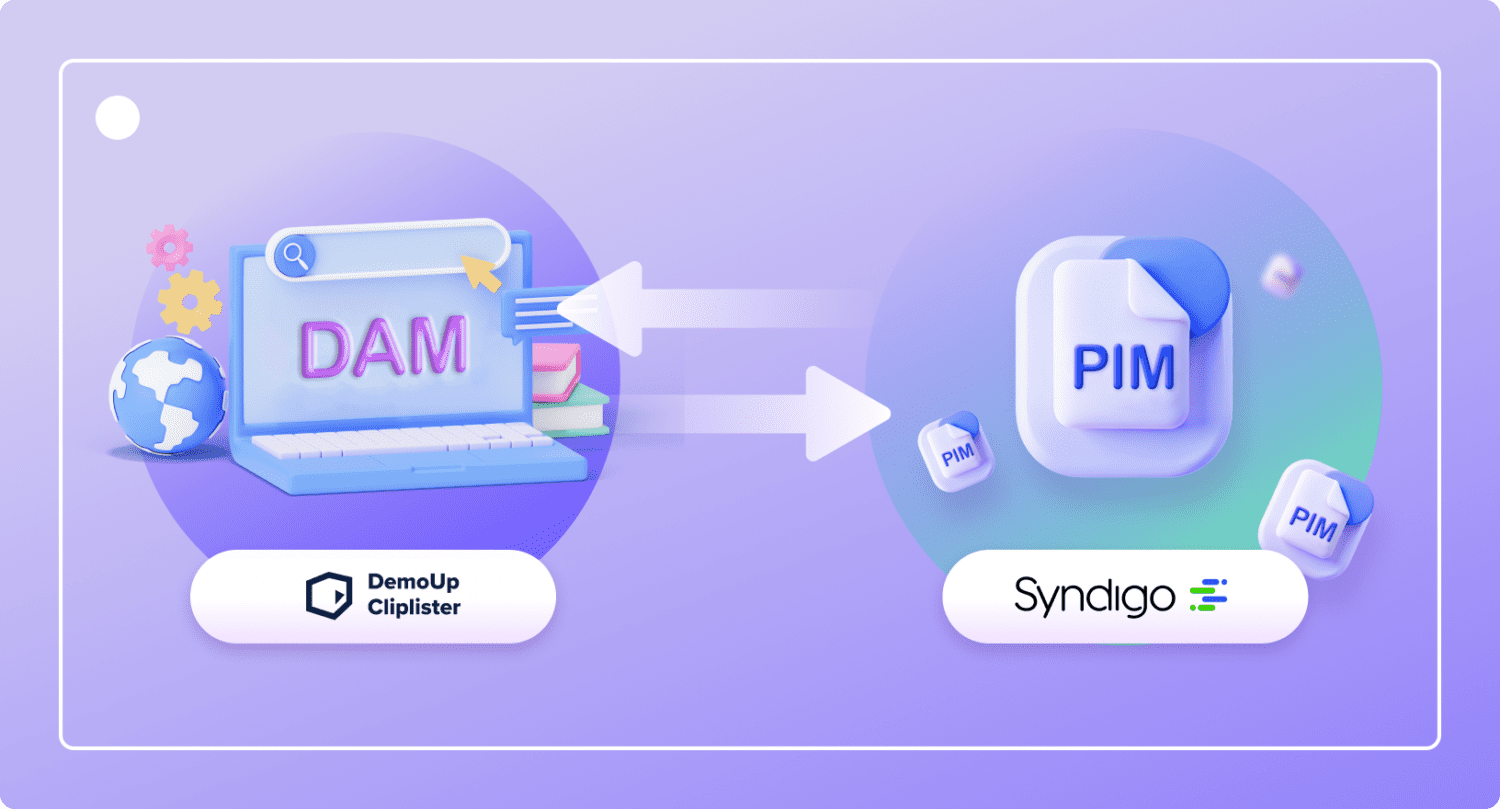Product image accessibility initiatives are crucial for reaching a wider audience, including users with disabilities. As awareness of web accessibility grows, brands need to ensure their content complies with the WCAG 2.1 Level AA guidelines.
Accessible photos not only enhance the user experience for people with visual impairments or cognitive disabilities, but they also improve search engine rankings. Small adjustments can make a significant difference, whether adding alt text for screen readers or ensuring that decorative images don’t interfere with assistive technology.
The challenge is that many content creators focus solely on the visual presentation, overlooking essential aspects like text alternatives and complex image descriptions. This guide aims to solve that, providing practical advice to ensure your product images and long descriptions are accessible and appealing.
We’ll walk you through actionable steps to make your images compliant, such as using appropriate alt attributes for informative images, improving contrast ratios, and avoiding missing alternative text attributes.
What Makes a Product Image Accessible?
Accessible product images ensure that all users, including those with disabilities, can understand and interact with the content on your site. This is achieved through several different criteria, but here are the main points.
Image Accessibility Guidelines
Descriptive Alt Text
Contrast Ratio > 4.5
Text Alternatives for Complex Images
Responsiveness
Support Images with Text
Scalability
Decorative Image Markup
No Images of Text
ARIA Roles & Labels
Accessible Image Links
These criteria are important because they are how screen reader users understand visual elements, ensuring compliance with WCAG and EAA guidelines. It’s important to differentiate between informative images and decorative images—the former needs meaningful descriptions, while the latter can use an empty alt attribute.
Proper contrast ratios and scalable image types like SVG images also enhance accessibility for low-vision users. Accessible photos benefit users and improve search engine rankings and the web page overall user experience.
Why is Product Image Accessibility Important for E-Commerce?
Accessible product images are essential for making your content inclusive to all users, including those who use screen readers. Optimising photo accessibility through proper alternate text (alt text) ensures that everyone, even users with assistive technologies, can understand what’s being shown.
For instance, alt text describes the visual content of the image, helping screen reader users know the context without seeing it. Failing to include alt attributes can exclude potential customers with low vision or impair your SEO, as search engines rely on image alternatives to index content. Prioritising accessibility doesn’t detract from visual appeal—it enhances the user experience for everyone.
Common Product Image Accessibility Mistakes
Many e-commerce websites struggle with accessibility. According to Baymard Institute, 82% of the top 33 US online shops have issues related to image accessibility. And this is in a region where accessibility has been legislated for a long time (by the Americans with Disabilities Act, or ADA).
In Europe, estimates are around the same – only 20% of all online shops in the Germany are accessible, according to ZDF, the country’s national public broadcaster. But with the EAA, accessible product images are no longer considered above and beyond; it’s now required by law.
To help you with your compliance efforts, we collected the most common mistakes companies make when it comes to accessible product images.
- Mistake 1: Missing or Inaccurate Alt Text: Failing to include descriptive alt text means users who rely on screen readers cannot understand the purpose of your images. For every image that conveys information, ensure you provide a clear, concise description using the alt attribute. The alt attribute should be left empty for decorative images to avoid overwhelming users with unnecessary details.
- Mistake 2: Using Text-Heavy Images Without Alternatives: Embedding text in images without providing accessible text alternatives is problematic because screen readers cannot interpret the text within image files. Always ensure that any essential text in your images is available as alternative text in the HTML code or as an aria-label.
- Mistake 3: Low Contrast in Product Images: Low contrast ratios make it difficult for visually impaired users, including color-blind users, to perceive details. Ensuring a high contrast between your images’ background and subject improves accessibility and helps users with visual impairments navigate your site.
- Mistake 4: Including Text in Images: Text embedded in images cannot be interpreted by screen readers, rendering the information inaccessible. Instead, use HTML/CSS to provide the same information in an accessible format, ensuring that the content is accessible for everyone.
These fixes not only improve accessibility but also enhance the overall user experience, making your site more inclusive without compromising its visual appeal.
Best Practices for Making Product Images Accessible
Accessible product images ensure everyone can engage with your content effectively. Here, we’ll share practical tips on improving the accessibility of your product images for all users
Write Effective Alt Text
Alt text, or alternative text, is a brief text description that explains an image’s content to those using a screen reader. To be effective, the alt text should be clear and descriptive, detailing key product features without redundancy.

Avoid generic labels like “image of a dress” and instead describe the image by specific attributes. For instance:
- Poor alt text: “A bag.”
- Good alt text: “Red leather handbag with gold buckle.”
Your alt text should help users envision the product and understand its most relevant details, especially when it plays a role in buying decisions. Remember to avoid missing alternative text attribute for any other essential icons or important informative or functional images.
Use Text Alternatives for Text in Images
When using images that contain text, it’s essential to provide appropriate text alternatives. This might be through captions or an additional description that ensures users don’t miss crucial information.
For example, when showcasing a data table or an infographic, provide a text description or use the alt attribute to convey the same information. Avoid placing important text in images alone, as this can make it inaccessible to those using assistive technology like a screen reader.
Ensure Images Meet Minimum Contrast Ratios
A proper contrast ratio ensures everyone can see image content, including those with colour blindness or low vision. For images with text, the contrast ratio should meet a minimum standard of 4.5:1 for normal text or 3:1 for larger text.
Using tools like Color Safe can help ensure your images follow these guidelines. If your image contains overlapping elements, like text over a photo, consider adding an opacity layer or a shadow to the entire element to ensure the text stands out clearly, following the Web Content Accessibility Guidelines (WCAG).
How to Handle Decorative Images
A decorative image serves purely aesthetic purposes and lacks essential information. For these images, leave the alt attribute of any linked image empty (e.g., alt=””). This tells screen readers to skip such images, preventing confusion for users who rely on these technologies. Only use alt text if the image’s purpose is to convey information relevant to the user’s understanding of your content.
These best practices will help you create more accessible web pages and enhance the user experience for all visitors. An accessible decorative image meets legal requirements and ensures a more inclusive user experience, helping you reach a broader audience and demonstrate your commitment to accessibility.
Tools for Testing Image Accessibility
Testing tools are essential to ensure your product images are accessible to all users, regardless of their abilities. These tools help content creators and managers improve the user experience, ensuring everyone can enjoy and engage with their digital content effectively.
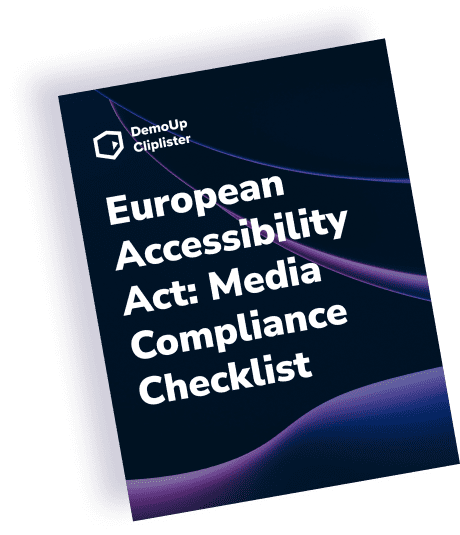
Does your content comply with the EAA? Find out with our free checklist!
Download NowAutomated Tools for Content Creators
Automated tools like WAVE and Axe DevTools are user-friendly options for content creators. WAVE provides an intuitive interface, allowing you to quickly identify common accessibility issues, such as missing alternative text (alt text) or low colour contrast.
Axe DevTools integrates well with development workflows, offering browser extensions and command-line tools to catch accessibility issues early.
Automated checks help ensure photo accessibility and that the long description of each image file includes essential alt-text descriptions, which a screen reader uses to describe images to visually impaired users.
Audits and Checks for Content Managers
Content managers should conduct regular audits to verify that all product images are compatible with a screen reader. Manual checks and automated tools like WAVE help ensure accessibility is up to standards.
Manual audits allow you to identify elements like improper use of decorative images or complex images that require a detailed description. Using tools such as WAVE helps flag common issues, but manual checks are essential for ensuring a smooth experience for all users.
The Image Accessibility Cheat Sheet
The Image Accessibility Cheat Sheet is a practical guide that helps ensure your images are accessible to everyone. It covers key topics such as photo accessibility, alt text, and how to handle complex images.
Whether using a CSS background image or functional images, the sheet gives concrete steps for improving accessibility, including writing effective alternative text and managing colour contrast. You’ll also learn how to make your visuals accessible for assistive technology users without compromising the visually appealing aspects of your designs.
Download your free image accessibility cheat sheet now!
How Accessible Product Images Benefit Your Business
Incorporating photo accessibility into your business offers concrete benefits that boost your brand’s performance. Accessible product images help you tap into larger audiences, improve user experiences, and strengthen legal compliance.
Better SEO Rankings
Adding alt text to your images boosts SEO. Search engine bots use this information to index your content, making it easier for your website to rank higher in search results. For instance, HubSpot reported a 779% increase in image traffic after focusing on optimising alt text. This means more potential customers can discover your business when searching for related products. Alternative text is key to helping your content be found.
Increased Reach
Around 15% of the global population lives with some form of disability. Making images more accessible, enables a large portion of the market to interact with your products. For instance, using text alternatives and long descriptions for complex images ensures a better user experience for assistive technology users.
Improved User Engagement
Did you know that 71% of people with disabilities will leave a website due to poor accessibility? Accessible, informative images enhance overall engagement, encouraging users to stay on your site longer and reducing bounce rates. Using accessible names for images and ensuring intuitive page structures can drastically improve how users interact with your content.
Reduced Legal Risks
The upcoming European Accessibility Act makes it essential to ensure your product images meet accessibility standards. Ignoring this could lead to penalties, making it important to provide alt text and aria labels wherever applicable.
More Loyal Customers
Customers who find your website accessible are more likely to become repeat buyers. A survey shows 86% of people with access needs would spend more in online shops with accessible content. When you ensure that your image requires full accessibility, you’ll foster brand loyalty and trust.
Wrapping Up
To wrap up, making your product images accessible is both a compliance task and a smart strategy. From writing descriptive alt text to testing with tools, every detail matters. Integrating photo accessibility into your process ensures that your content is usable for everyone.
Regularly consult our cheat sheet, and consider accessibility a key part of your strategy, not an afterthought. When you prioritise accessibility, you maintain the visual appeal and provide a better user experience.

Frequently Asked Questions
Here’s a quick guide to your most common questions on making product images accessible.
Use tools like Axe or Wave to test for photo accessibility. They evaluate your IMG SRC, alt text, and other attributes to ensure WCAG conformance.
